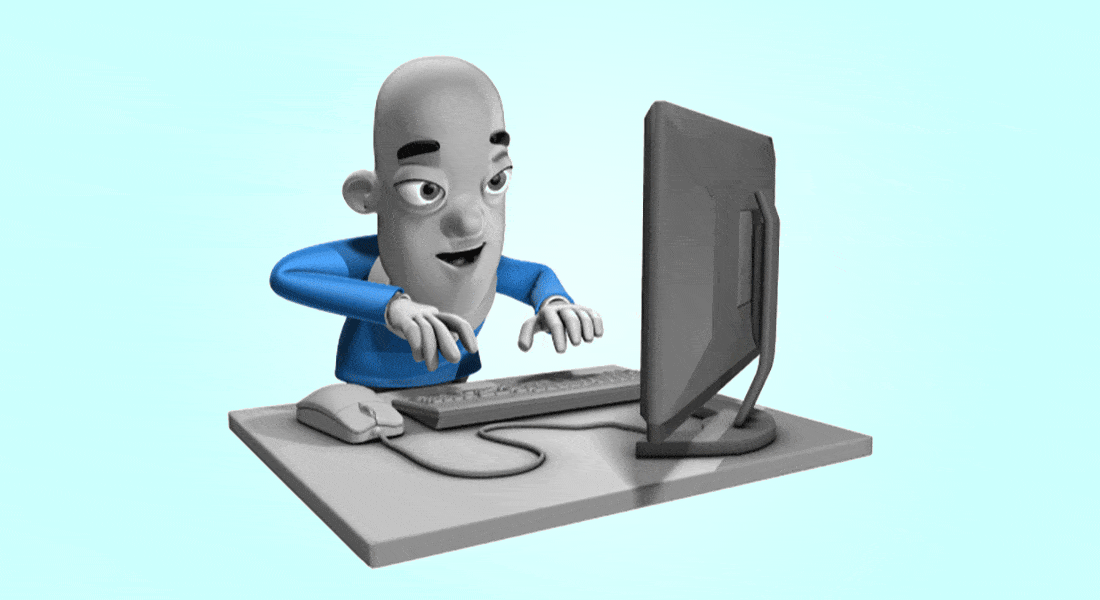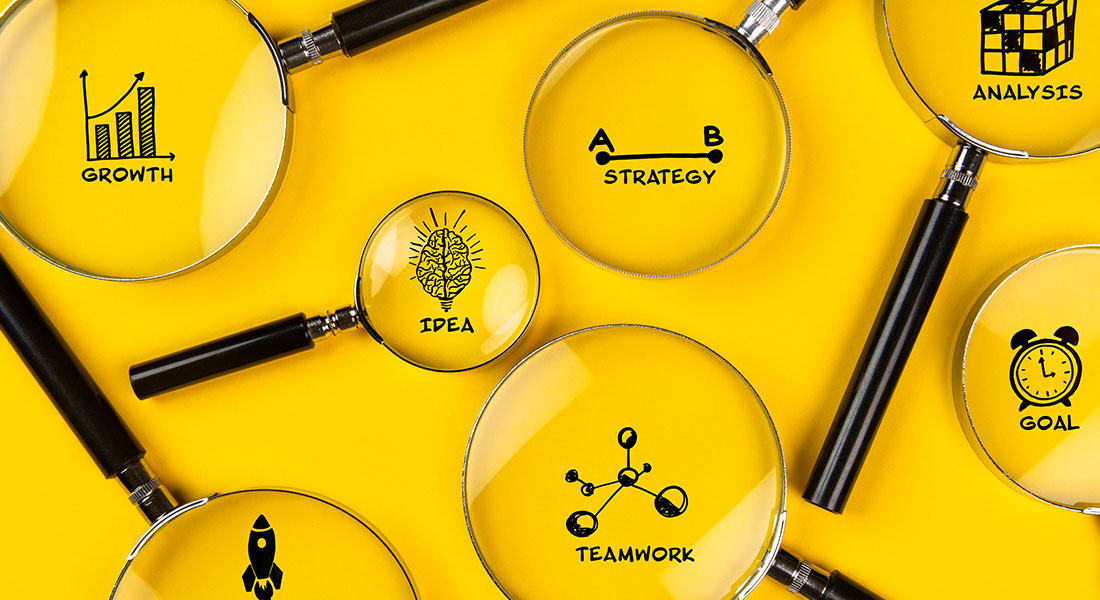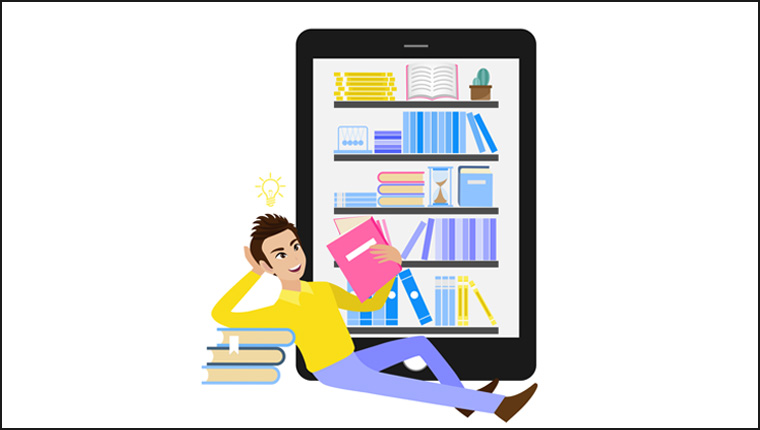Why Animated GIFs Are an Effective Microlearning Format?

Did you know that GIF is a microlearning format? Yes, you read it right. Microlearning has become the go-to format in corporate training, and it doesn’t need a modern-day Sherlock Holmes to figure out why. It fits well with modern-day workforce learning styles and preferences, offering flexibility, accessibility, better retention, and enhanced knowledge application. In microlearning, information is delivered as focused, bite-sized nuggets that help employees accomplish a single learning objective. These mini modules can be presented in different types of ways, often called microlearning formats or microlearning assets. Some of the popular, commonly used types of microlearning assets are videos, infographics, animations, digital flashcards, podcasts, etc. In this blog, our focus remains on the underdog microlearning format: the GIF.
→ Download eBook: Where Does Microlearning Fit in Your Learning Strategy?
Table of Contents
- What Are Some Powerful Microlearning Formats?
- What is a GIF?
- When to Use GIFs as a Microlearning Format in Corporate Training?
- Why Should You Use Animated GIFs in Microlearning Courses?
What Are Some Powerful Microlearning Formats?
There are a number of microlearning formats that you can use to improve your corporate training. Here’s an informative video that will walk you through the effective types of microlearning assets and how you can use them to supercharge your training.
Now that you’re well-versed with different types of formats for microlearning, our journey from here on will focus on one format in particular… the GIF.
Let’s dive in!
What is a GIF?
The acronym GIF stands for Graphics Interchange Format. It is a bitmap format that has multiple frames encoded into a single image file. Essentially, the format supports both animated and static images simultaneously. GIFs are mostly used to express emotions on social media platforms – much like emojis.
Why Are GIFs An Effective Microlearning Format?
Microlearning is all about delivering short, focused bursts of information. GIFs fit this criteria perfectly because they’re:
- Short
- Visual
- Engaging
When to Use GIFs as a Microlearning Format in Corporate Training?

Using GIF in your microlearning training material at the right place and in the right manner can work wonders for your corporate training. A good GIF makes learning more fun, interesting, and impactful by connecting with the learners in a light-hearted yet effective way.
You can use GIFs in your microlearning modules to:
1. Add Humor
Before we even start talking about using GIFs in microlearning, the big question that’s been a very hot topic of debate among L&D professionals is whether to use humor in training courses or not. But I say, why not? Adding humor in a microlearning course helps boost learner engagement and enthusiasm, thus helping lighten the learner’s mood. This in turn breaks text monotony and promotes better attention and application of concepts. After all, who doesn’t like to have a little bit of a laugh anyway?
A word of caution: Make sure that you use humor in the right places, in the right dose (because excess of everything is bad), and it doesn’t offend anyone.
A simple example here would be that using a funny GIF just before the microlearning assessment would act as a stress buster. Or maybe you can use an amusing GIF to motivate the learner to do better when they get an answer wrong. But if you use a GIF before or during discussing a serious topic like POSH, discrimination, bullying, etc., it can defy the entire purpose of your training.
Pro Tip: If you are using a character or avatar in the course, go ahead and use GIFs of that character wherever appropriate.

Where Does Microlearning Fit in Your Learning Strategy?
A comprehensive guide to help you find the answer.
- What Microlearning Is and What It Is Not?
- Types of Microlearning Assets
- Tips and Tools for Rapid Microlearning Development
- And More!
2. Demonstrate Steps
Say you want to provide a microlearning course to your employees on how to use a fire extinguisher. You can leverage a series of GIFs demonstrating the different steps in using a fire extinguisher. All the steps can be integrated into a single GIF, making the learning process more engaging and effective instead of the large chunks of text or plain bulleted lists. Moreover, the looping nature of the GIFs helps improve knowledge retention.
3. Provide Feedback
Feedback plays a vital role in microlearning courses. It is given each time the learner answers a question in formative assessments to reinforce learning. The usual practice is to provide feedback in the form of text. Why not use GIFs instead? You can use them to celebrate success or offer lighthearted correction for incorrect answers.
For example, GIFs such as this one can be used when the learner answers correctly. (And it can even be used for you for having read this blog so far!)
Why Should You Use Animated GIFs in Microlearning Courses?
Are you still wondering, “Why should I use GIFs when there are so many other microlearning formats I can use instead!” Well, yes you can use other types of microlearning like videos, eBooks, infographics, etc., to explain procedures and provide information. But GIFs can be a solid competitor to these common microlearning assets. Here are a few reasons why:
1. GIFs are Mobile-friendly
Unlike microlearning videos or other examples of microlearning formats, GIFs are small in size, simple to comprehend, and easy to share. This in turn makes them much more accessible and mobile-friendly. In addition to incorporating them in your microlearning courses, you can also provide them as a standalone microlearning tool for performance support. For example, you can create a GIF on how to weigh a product on an analytical balance and share it with your learners. It can be referred by them when needed. Interesting, right? The GIF becomes a convenient reference guide they can access whenever needed.

Where Does Microlearning Fit in Your Learning Strategy?
A comprehensive guide to help you find the answer.
- What Microlearning Is and What It Is Not?
- Types of Microlearning Assets
- Tips and Tools for Rapid Microlearning Development
- And More!
2. They Leverage the Power of Repetition
To ensure successful microlearning, GIFs leverage the power of repetition to enhance information retention. Unlike static images or videos that play only once, animated GIFs are designed to loop continuously. This repetitive nature reinforces the learning process and helps solidify information in the learner's mind.
For example, you use microlearning for fire safety training and wish to include a looping GIF in your microlearning module to demonstrate the proper use of a fire extinguisher. It will help information get ingrained in the learner’s memory and results in better application. In the event of an emergency, the learner can quickly recall the steps depicted in the GIF and take appropriate action. Beyond step-by-step procedures, GIFs can also be used to visually summarize key takeaways from a microlearning course, creating a concise and easy-to-reference resource.
3. GIFs are Part of the Everyday Culture of Today’s Learners
Animated GIFs tap into the familiar world of today's learners. These graphics are widely used throughout the internet and have become a popular medium for communication. By incorporating GIFs into your microlearning modules, you create a more relatable learning experience for your employees. This familiarity with the format reduces any initial resistance or confusion that the learners might be facing and encourages them to engage with the training material. Additionally, the animation element can spark curiosity and draw learners in, motivating them to explore the content further.
But it is important to remember that a GIF doesn’t add anything if... check out the infographic below.

By understanding these strengths, you can effectively utilize GIFs in your microlearning strategy to create engaging and impactful learning experiences.
Final Thoughts
In today's fast-paced world, attention spans are short and time is precious. So make the most of this impactful microlearning format. GIFs in microlearning courses offer a punch of information in a visually engaging format, transforming boring training topics into immersive moments of learning. Embrace the power of GIFs in your microlearning strategy and see the engagement levels soar! And to start from ground zero and understand where does microlearning fit in your learning strategy, check out the eBook below!
Editor's note: This post was originally published on July 22, 2019 and has been updated for comprehensiveness.





![What are the 10 Popular Microlearning Platforms in 2024? [Infographic]](https://blog.commlabindia.com/hubfs/blogs/popular-microlearning-platforms-info.jpg)